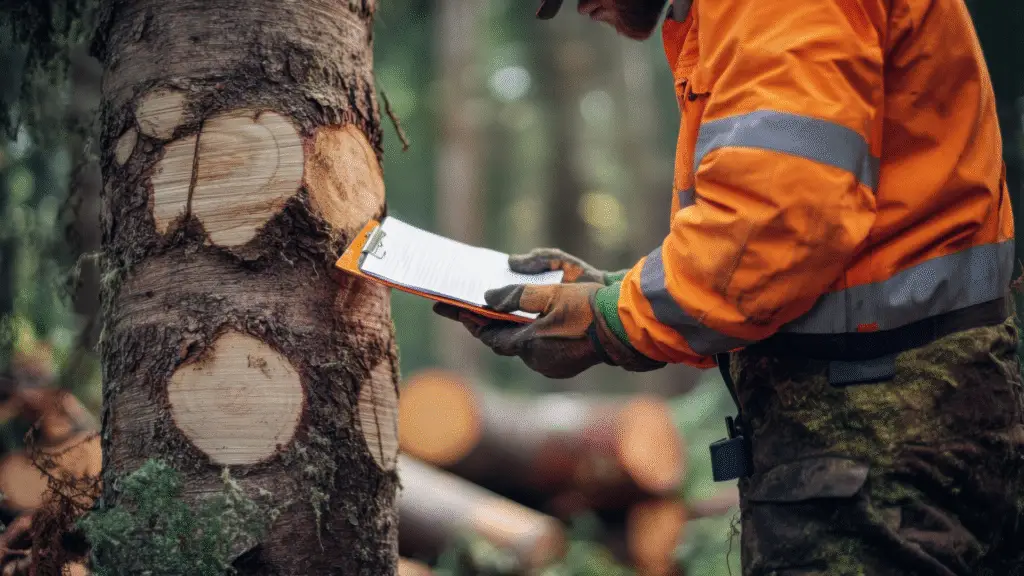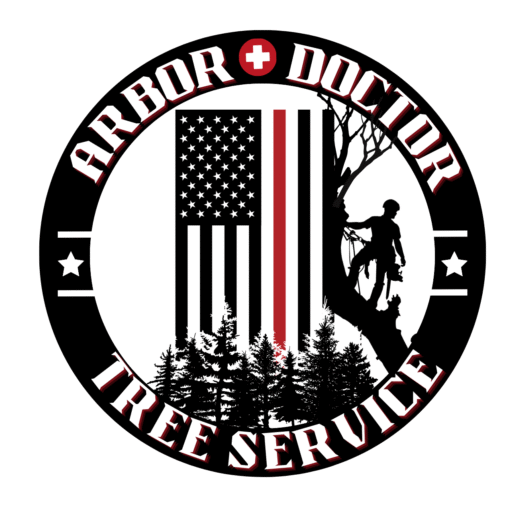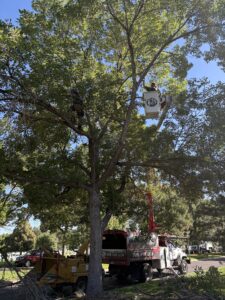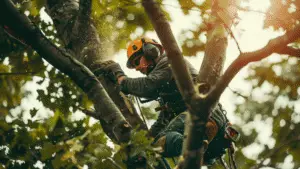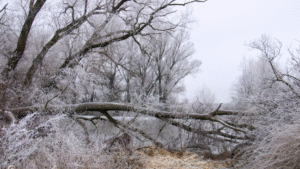Fall Tree Health: Your Guide to Healthy Trees
As the vibrant colors of fall emerge, it’s a good time to take a closer look at your trees. While we often think of pests and diseases as a spring or summer problem, the end of the growing season is actually a crucial time for detection. The stress from a hot, dry summer can make a tree more vulnerable, and symptoms that were once subtle may become much more visible. This is why focusing on fall tree health is so important.
At Arbor Doctor, we know that spotting a problem early can make all the difference. Many issues, from boring insects to fungal infections, can be effectively managed with professional care if caught in time. Acting now allows us to diagnose the problem and create a targeted treatment plan to restore your tree’s health and prevent it from getting worse.
Why Early Detection Is So Important
Think of it like a doctor’s visit. Catching a minor issue before it becomes a major illness is always the goal. The same principle applies to your trees. By inspecting them in the fall, you’re looking for the subtle signs of problems that have been developing all season. This is a critical step for ensuring optimal fall tree health.
Waiting until spring often means more extensive, more costly, and sometimes irreversible damage has already occurred. This is especially true for destructive pests like the Emerald Ash Borer or diseases that can spread rapidly. A fall tree health check-up is your best proactive step to protect your valuable landscape for years to come.
Your Fall Tree Health Checklist
Walk around your yard and use this checklist to guide your inspection.
Thinning or Yellowing Leaves: While some leaf yellowing is normal in the fall, widespread thinning in the canopy or a yellowing that occurs too early can be a sign of a nutrient blockage, often caused by a boring insect.
Unusual Holes or Tunnels: Look for small, D-shaped exit holes on the trunk of ash trees, a telltale sign of the Emerald Ash Borer. You might also see S-shaped tunnels, or “galleries,” under peeling bark.
White or Powdery Residue: Fungal diseases like powdery mildew or cankers often leave a visible residue or discolored spots on leaves and branches.
Increased Woodpecker Activity: If you notice a sudden increase in woodpeckers on your trees, it could be a sign of an insect infestation. Woodpeckers are nature’s borers, and they often target trees with a high population of larvae for an easy meal.
Branch Dieback: Dead or brittle branches in the canopy, often called “flagging,” are a major red flag that something is wrong and are a safety hazard.
If you’ve noticed any of these signs on your trees, don’t wait. Contact Arbor Doctor today at (720) 298-7279 or use our FREE estimate online contact form for a professional fall assessment. We’ll help you get to the root of the problem and ensure your fall tree health is a top priority!
